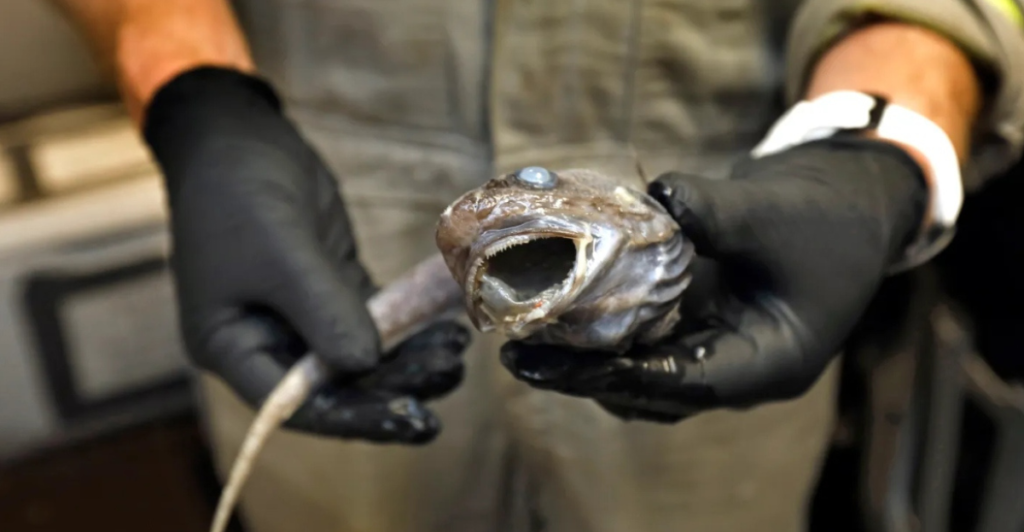
China took a major step in April 2025 by restricting exports of seven rare earth elements essential to contemporary technology. They are used in everything from electronics and electric cars to military systems.
The catch? China currently dominates more than 70% of the world supply of these commodities, and China’s dominance is pushing global supply chains to the breaking point. The White House is now in crisis mode looking for a solution.
With tensions high, the U.S. administration is looking to deep-sea mining as a new source. But is the ocean floor the solution? There’s more to this than meets the eye, and for that matter, the stakes are extremely high.
The Strategic Significance of Rare Earth Elements
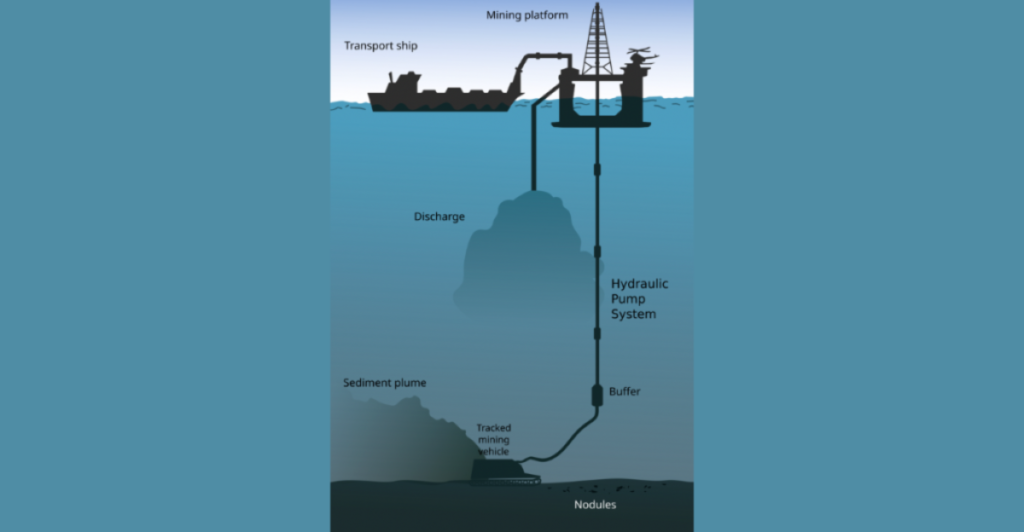
So why do people care so much about rare earth elements (REEs)? Well, they’re essential in all kinds of high-tech devices, including smartphones, electric car batteries, and even military equipment.
Think of them as the behind-the-scenes ingredients to the technologies that power our modern lives. The issue is, the U.S. and the world rely heavily on China for these minerals, so Beijing has a lot of bargaining power.
When China cut back its exports, the U.S. was in a bind. The fix? Mine the deep sea for new supplies. But there’s a problem: deep-sea mining comes with a lot of questions and concerns.
The U.S. Turns to Deep-Sea Mining

In response to the export ban on rare earths, America is turning to the sea for a new source. Enter stage left: deep-sea mining. Already at the forefront are companies such as The Metals Company (TMC), poised to harvest precious minerals from off the seafloor.
Not just cobalt and nickel, but manganese as well—critical elements required for batteries and other high-tech uses. TMC and ocean engineering behemoth Allseas have invented the technology to harvest these resources from the seafloor.
Deep-sea mining, hopefully, will halt the U.S. dependence on China. It’s a risky and contentious move, though. The environmental toll is an issue, and logistics are complicated.
The Environmental Debate Over Deep-Sea Mining
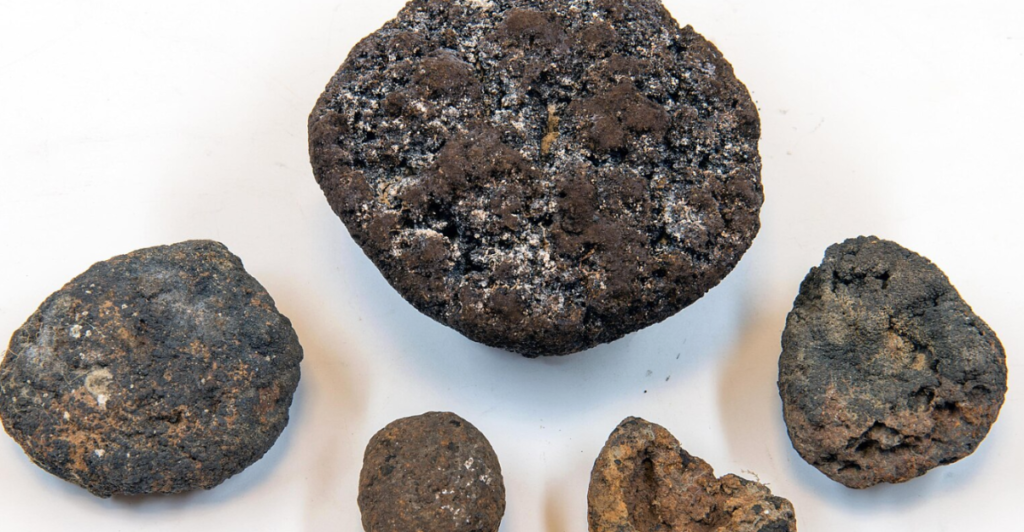
While deep-sea mining could bring a long-sought alternative to Chinese rare earths, it comes with plenty of environmental drawbacks. The seafloor harbors delicate ecosystems that would be devastated by mining activities.
Polymetallic nodules—the object of these mining activities—would be extracted, and this could upset the delicate balance of marine life. Scientists worry that this would result in biodiversity loss, particularly in areas that are already poorly charted.
There are also fears, however, about the possible release of toxic chemicals into the water, to impact anything from fish to marine plants. Some groups, such as Greenpeace, are calling for a halt to deep-sea mining until we have a better understanding of its impacts.
TMC’s Role in the Drive for Deep-Sea Mining
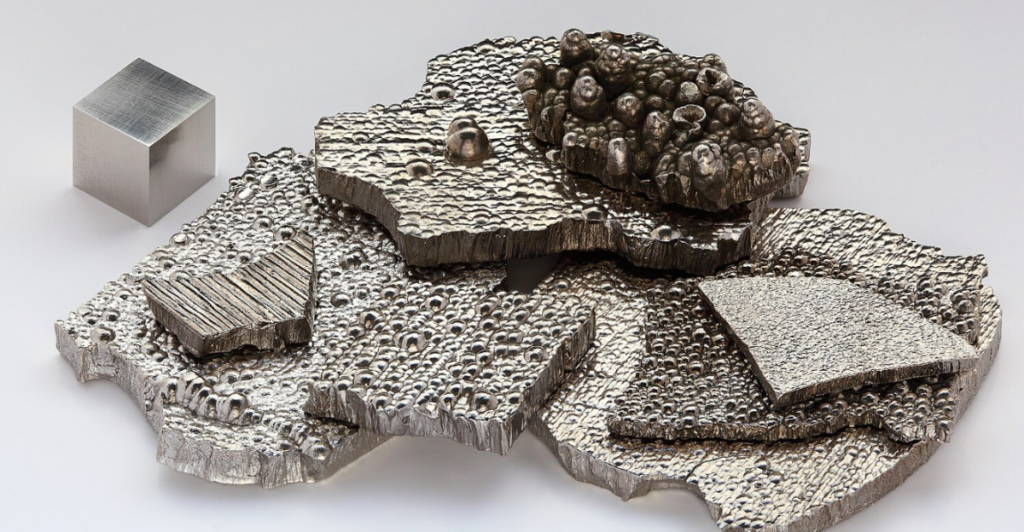
TMC is one of the major players in deep-sea mining today. The Canadian firm, in collaboration with Allseas, is fitted with the world’s only purpose-built vessel for mining minerals from the sea bed.
Cobalt, nickel, and other metals are embedded in these polymetallic nodules, which are vital to green technology. TMC maintains that deep-sea mining is cleaner than conventional mining on land, which can cause deforestation, water pollution, and so on.
But others are skeptical. Critics argue that while it may be an improvement over land mining, it’s still a risky business with uncertain impacts on the ocean’s health.
Legal and Regulatory Challenges of Deep-Sea Mining

Deep-sea mining may seem as simple as, well, extracting valuable minerals from the ocean floor, right? Well, wait. The law on deep-sea mining is complicated. International waters are governed by the International Seabed Authority (ISA), which oversees mining.
But the U.S. is in a special situation because it’s not a signatory to the United Nations Convention on the Law of the Sea. This makes it difficult for the U.S. to navigate these regulations.
To avoid some of these international restrictions, TMC has been negotiating with the U.S. government to obtain mining licenses. But this raises questions about how such operations can be managed without global oversight.
The Risk of Damaging the Ecosystem

The deepest ocean is the most unknown area of our planet, and any disruption can be permanent. The sea floor is covered in a variety of unique ecosystems, and mining can lead to irrecoverable harm.
Through the harvesting of polymetallic nodules, corporations can eradicate habitats that nurture high densities of sea life. More concerningly, it has the potential to undermine the ocean’s capacity to capture carbon, letting sequestered carbon escape into the air.
Scientists cite the fact that in the event these habitats are lost, it will take centuries or millennia for them to be recreated. It’s not simply about the mining of minerals—it’s about safeguarding our world’s oceans.
Geopolitical Consequences of Securing Rare Earths

Rare earth minerals are not only an economic concern—they’re a geopolitical one. China’s control over the world supply of these elements provides them with a tremendous amount of leverage, particularly as it pertains to high-tech sectors and national security.
With the U.S. attempting to wean itself off China, the stakes couldn’t be higher. Securing an independent and secure source of rare earths is essential to the preservation of technological superiority and military superiority.
Deep-sea mining is one such solution, but also poses questions about environmental stewardship, global cooperation, and conflict potential over oceanic resources. The competition for rare earths is as much about power as it is about supply.
Alternatives to Deep-Sea Mining: Recycling and Innovation
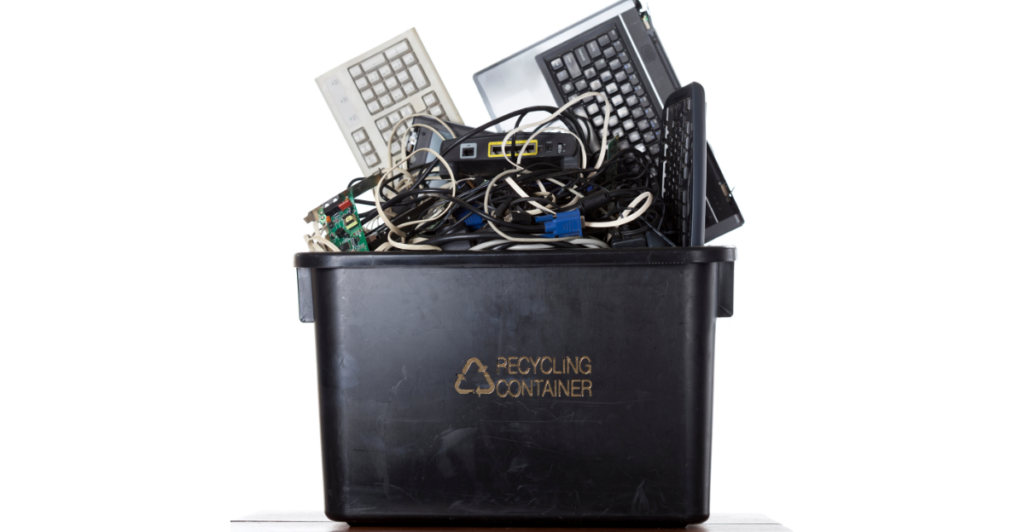
It is not all doom and gloom in the depths of the ocean. Recycling is one of the solutions the U.S. are actively exploring. One of the rapidly growing projects is that of retrieving rare earth elements from old phones, computers, and other electronics.
Some of these projects have funding from the U.S. government, and they could potentially prevent the need to drill primary sources such as deep-sea mining. New technologies in development may eliminate the need for rare earths altogether.
But those technologies are in their infancy at this point, and time will pass before they can be produced on a large scale. For now, deep-sea mining remains in the mix, though it’s far from ideal.
The Future of Rare Earth Supply and Environmental Responsibility

The future of rare earth supply is tenuous. The demand for those materials will only increase as we make the transition to cleaner energy and new technologies. But doing it without destroying the planet is a massive concern.
Deep-sea mining might be an answer, but it has to be done with care. We must balance environmental risks against the potential gains, and there must be controls to safeguard marine ecosystems.
The future can also rely on technology and recycling, but deep-sea mining will remain a central piece of the puzzle for the time being. Steering the next decades will be a matter of steering towards technology balanced against responsibility to nature.
Explore more of our trending stories and hit Follow to keep them coming to your feed!

Don’t miss out on more stories like this! Hit the Follow button at the top of this article to stay updated with the latest news. Share your thoughts in the comments—we’d love to hear from you!







